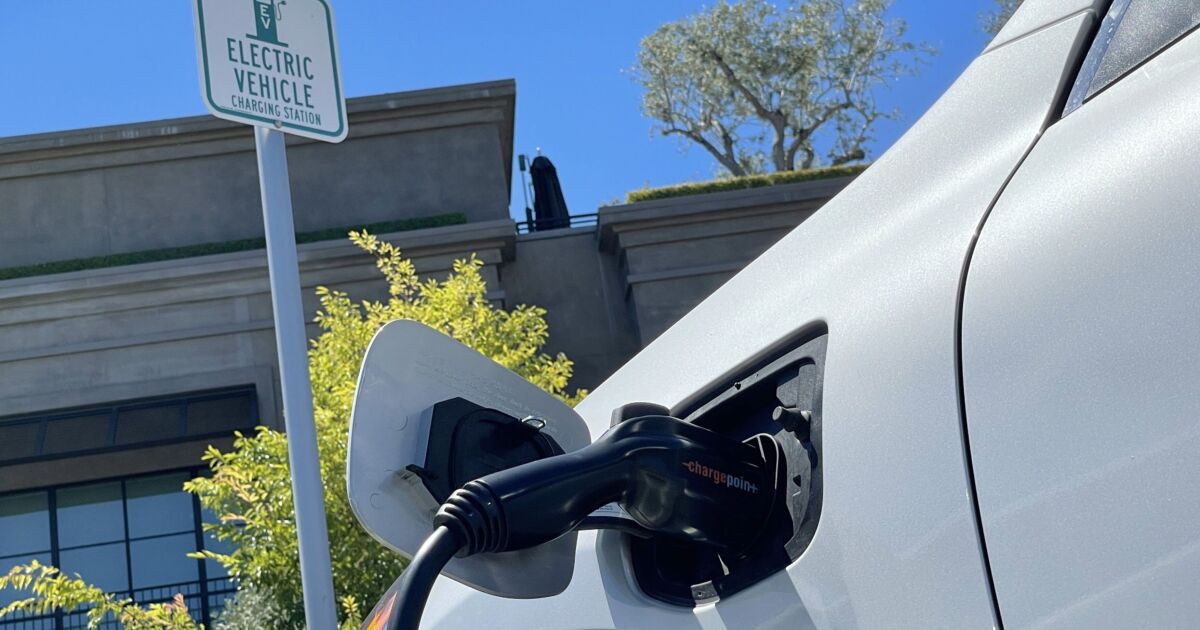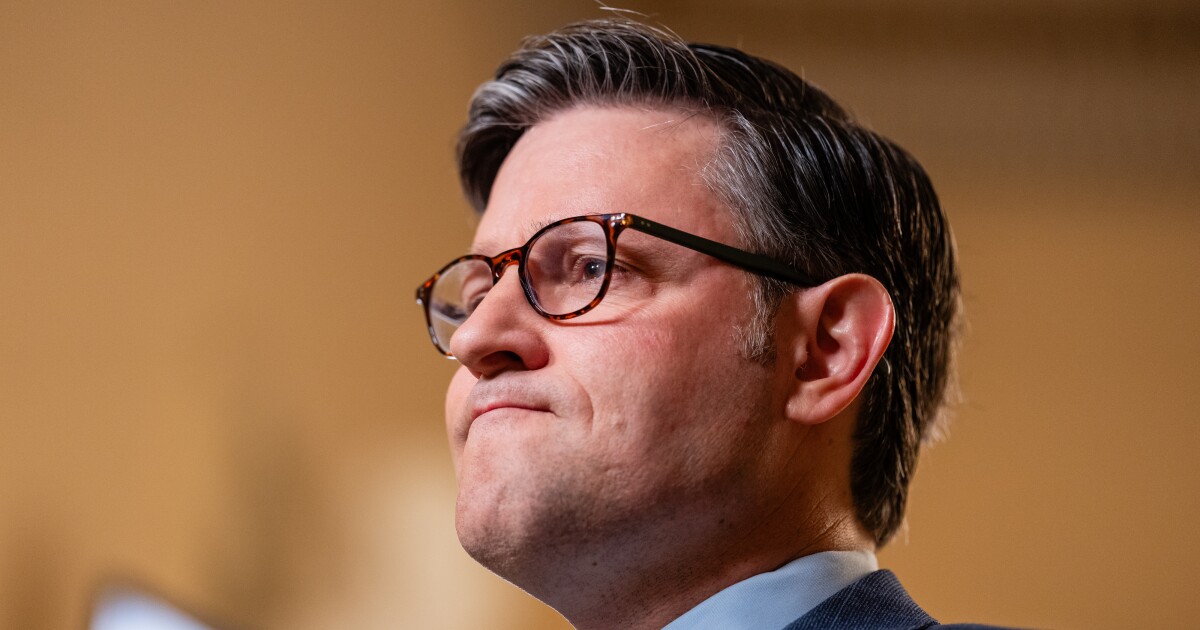The Treasury Department and the Internal Revenue Service proposed new rules for the tax credit for qualified commercial clean vehicles, along with guidance on claiming tax credits for clean fuel under the Inflation Reduction Act.
The Notice of Proposed Rulemaking on the credit for qualified commercial clean vehicles (under Section 45W of the Tax Code) says the credit can be claimed by purchasing and placing in service qualified commercial clean vehicles, including certain battery electric vehicles, plug-in hybrid EVs, fuel cell electric vehicles and plug-in hybrid fuel cell electric vehicles.
The credit is the lesser amount of either 30% of the vehicle’s basis (15% for plug-in hybrid EVs) or the vehicle’s incremental cost in excess of a vehicle comparable in size or use powered solely by gasoline or diesel. A credit up to $7,500 can be claimed for a single qualified commercial clean vehicle for cars and light-duty trucks (with a Gross Vehicle Weight Rating of less than 14,000 pounds), or otherwise $40,000 for vehicles like electric buses and semi-trucks (with a GVWR equal to or greater than 14,000 pounds).
“The release of Treasury’s proposed rules for the commercial clean vehicle credit marks an important step forward in the Biden-Harris Administration’s work to lower transportation costs and strengthen U.S. energy security,” said U.S. Deputy Secretary of the Treasury Wally Adeyemo in a statement Friday. “Today’s guidance will provide the clarity and certainty needed to grow investment in clean vehicle manufacturing.”
The NPRM issued today proposes rules to implement the 45W credit, including proposing various pathways for taxpayers to determine the incremental cost of a qualifying commercial clean vehicle for purposes of calculating the amount of 45W credit. For example, the NPRM proposes that taxpayers can continue to use the incremental cost safe harbors such as those set out in Notice 2023-9 and Notice 2024-5, may rely on a manufacturer’s written cost determination to determine the incremental cost of a qualifying commercial clean vehicle, or may calculate the incremental cost of a qualifying clean vehicle versus an internal combustion engine (ICE) vehicle based on the differing costs of the vehicle powertrains.
The NPRM also proposes rules regarding the types of vehicles that qualify for the credit and aligns certain definitional concepts with those applicable to the 30D and 25E credits. In addition, the NPRM proposes that vehicles are only eligible if they are used 100% for trade or business, excepting de minimis personal use, and that the 45W credit is disallowed for qualified commercial clean vehicles that were previously allowed a clean vehicle credit under 30D or 45W.
The notice asks for comments over the next 60 days on the proposed regulations such as issues related to off-road mobile machinery, including approaches that might be adopted in applying the definition of mobile machinery to off-road vehicles and whether to create a product identification number system for such machinery in order to comply with statutory requirements. A public hearing is scheduled for April 28, 2025.
Clean Fuels Production Credit
The Treasury the IRS also released guidance Friday on the Clean Fuels Production Credit under Section 45Z of the Tax Code.
Section 45Z provides a tax credit for the production of transportation fuels with lifecycle greenhouse gas emissions below certain levels. The credit is in effect in 2025 and is for sustainable aviation fuel and non-SAF transportation fuels.
The guidance includes both a notice of intent to propose regulations on the Section 45Z credit and a notice providing the annual emissions rate table for Section 45Z, which refers taxpayers to the appropriate methodologies for determining the lifecycle GHG emissions of their fuel. In conjunction with the guidance released Friday, the Department of Energy plans to release the 45ZCF-GREET model for use in determining emissions rates for 45Z in the coming days.
“This guidance will help put America on the cutting-edge of future innovation in aviation and renewable fuel while also lowering transportation costs for consumers,” said Adeyemo in a statement. “Decarbonizing transportation and lowering costs is a win-win for America.”
Section 45Z provides a per-gallon (or gallon-equivalent) tax credit for producers of clean transportation fuels based on the carbon intensity of production. It consolidates and replaces pre-Inflation Reduction Act credits for biodiesel, renewable diesel, and alternative fuels, and an IRA credit for sustainable aviation fuel. Like several other IRA credits, Section 45Z requires the Treasury to establish rules for measuring carbon intensity of production, based on the Clean Air Act’s definition of “lifecycle greenhouse gas emissions.”
The guidance offers more clarity on various issues, including which entities and fuels are eligible for the credit, and how taxpayers determine lifecycle emissions. Specifically, the guidance outlines the Treasury and the IRS’s intent to define key concepts and provide certain rules in a future rulemaking, including clarifying who is eligible for a credit.
The Treasury and the IRS intend to provide that the producer of the eligible clean fuel is eligible to claim the 45Z credit. In keeping with the statute, compressors and blenders of fuel would not be eligible.
Under Section 45Z, a fuel must be “suitable for use” as a transportation fuel. The Treasury and the IRS intend to propose that 45Z-creditable transportation fuel must itself (or when blended into a fuel mixture) have either practical or commercial fitness for use as a fuel in a highway vehicle or aircraft. The guidance clarifies that marine fuels that are otherwise suitable for use in highway vehicles or aircraft, such as marine diesel and methanol, are also 45Z eligible.
Specifically, this would mean that neat SAF that is blended into a fuel mixture that has practical or commercial fitness for use as a fuel would be creditable. Additionally, natural gas alternatives such as renewable natural gas would be suitable for use if produced in a manner such that if it were further compressed it could be used as a transportation fuel.
Today’s guidance publishes the annual emissions rate table that directs taxpayers to the appropriate methodologies for calculating carbon intensities for types and categories of 45Z-eligible fuels.
The table directs taxpayers to use the 45ZCF-GREET model to determine the emissions rate of non-SAF transportation fuel, and either the 45ZCF-GREET model or methodologies from the International Civil Aviation Organization (“CORSIA Default” or “CORSIA Actual”) for SAF.
Taxpayers can use the Provisional Emissions Rate process to obtain an emissions rate for fuel pathway and feedstock combinations not specified in the emissions rate table when guidance is published for the PER process. Guidance for the PER process is expected at a later date.
Outlining climate smart agriculture practices
The guidance released Friday states that the Treasury intends to propose rules for incorporating the emissions benefits from climate-smart agriculture (CSA) practices for cultivating domestic corn, soybeans, and sorghum as feedstocks for SAF and non-SAF transportation fuels. These options would be available to taxpayers after Treasury and the IRS propose regulations for the section 45Z credit, including rules for CSA, and the 45ZCF-GREET model is updated to enable calculation of the lifecycle greenhouse gas emissions rates for CSA crops, taking into account one or more CSA practices.
CSA practices have multiple benefits, including lower overall GHG emissions associated with biofuels production and increased adoption of farming practices that are associated with other environmental benefits, such as improved water quality and soil health. Agencies across the Federal government have taken important steps to advance the adoption of CSA. In April, Treasury established a first-of-its-kind pilot program to encourage CSA practices within guidance on the section 40B SAF tax credit. Treasury has received and continues to consider substantial feedback from stakeholders on that pilot program. The U.S. Department of Agriculture invested more than $3 billion in 135 Partnerships for Climate-Smart Commodities projects. Combined with the historic investment of $19.5 billion in CSA from the Inflation Reduction Act, the department is estimated to support CSA implementation on over 225 million acres in the next 5 years as well as measurement, monitoring, reporting, and verification to better understand the climate impacts of these practices.
In addition, in June, the U.S. Department of Agriculture published a Request for Information requesting public input on procedures for reporting and verification of CSA practices and measurement of related emissions benefits, and received substantial input from a wide array of stakeholders. The USDA is currently developing voluntary technical guidelines for CSA reporting and verification. The Treasury and the IRS expect to consider those guidelines in proposing rules recognizing the benefits of CSA for purposes of the Section 45Z credit.


 Blog Post1 week ago
Blog Post1 week ago
 Economics1 week ago
Economics1 week ago
 Finance1 week ago
Finance1 week ago
 Economics1 week ago
Economics1 week ago
 Economics1 week ago
Economics1 week ago
 Personal Finance1 week ago
Personal Finance1 week ago
 Accounting1 week ago
Accounting1 week ago
 Economics1 week ago
Economics1 week ago













